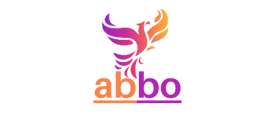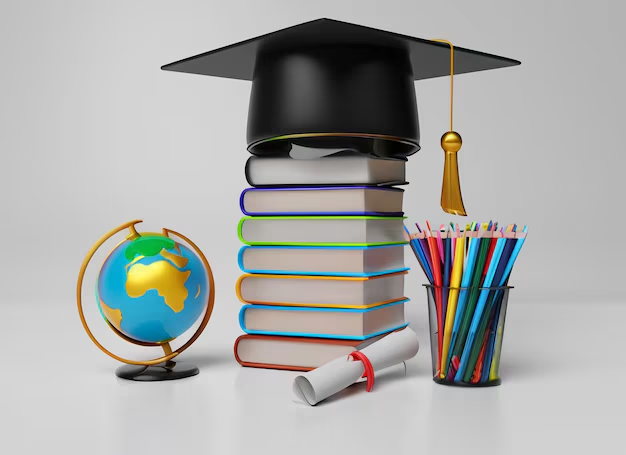The Evolution of Education: Exploring Modern Methods and Traditional Practices in the 21st Century
Education has always been a fundamental pillar of societal development. Over the centuries, the methods, tools, and frameworks used to impart knowledge have evolved significantly, and nowhere is this more apparent than in the 21st century. With rapid technological advancements, global connectivity, and an ever-changing workforce, education today looks vastly different from what it once was. This article explores how education has evolved, focusing on modern methods versus traditional practices, and examines how both have shaped and continue to shape the educational experience.
Traditional Practices in Education
Traditional education, often referred to as classical or conventional education, has its roots in early civilization. For centuries, it was largely centered around face-to-face interaction between students and teachers within structured institutions like schools and universities. Key characteristics of traditional education include:
- Teacher-Centered Learning: In traditional systems, the teacher holds the central role in imparting knowledge. The focus is on lectures, direct instruction, and students following a set curriculum.
- Curriculum-Based: The curriculum was rigid and standardized, with students required to learn specific subjects in a prescribed order. This often meant memorization and repetition of content, especially in subjects like math, history, and literature.
- Classroom Setting: Students traditionally sat in rows, facing the teacher, in a classroom setting. The structure emphasized discipline, order, and a clear distinction between teacher and student.
- Formal Assessment: Evaluation in traditional education has historically been through exams and standardized tests, assessing students’ knowledge at specific intervals.
While traditional education has certainly laid the foundation for much of what we know today, its limitations are becoming increasingly apparent in the face of modern challenges.
The Rise of Modern Education Methods
The 21st century has ushered in new educational paradigms that respond to technological advancements, diverse learning styles, and the need for adaptability in a fast-paced world. Modern methods of education emphasize creativity, critical thinking, and collaboration, and they leverage the tools and technologies available today. Some of the key components of modern education include:
- Technology Integration: Technology has revolutionized education. Online learning platforms, educational apps, and digital tools like virtual classrooms, augmented reality (AR), and artificial intelligence (AI) are making learning more interactive and engaging. Tools like Google Classroom, Khan Academy, and Coursera provide students with access to a wealth of resources beyond the traditional classroom.
- Student-Centered Learning: Modern educational practices often focus on the individual student’s needs, interests, and learning styles. This includes project-based learning, flipped classrooms, and personalized learning paths, where students take more control over their learning journeys.
- Collaborative Learning: Unlike the teacher-centered model of traditional education, modern education emphasizes collaboration. Group projects, peer-to-peer learning, and interactive discussions foster teamwork, problem-solving, and creativity.
- Continuous Assessment: Instead of relying on a single exam to assess a student’s performance, modern education focuses on continuous assessment through quizzes, assignments, discussions, and presentations. This provides a more comprehensive picture of a student’s abilities and progress.
- Global Learning: With the advent of the internet, education is no longer confined by geographic boundaries. Students can participate in global online courses, access diverse viewpoints, and collaborate with peers from around the world.
Bridging Traditional and Modern Education
While modern education methods offer significant advantages, traditional practices still hold value. In fact, the best educational systems often blend the old with the new. A hybrid approach combines the structure and discipline of traditional education with the flexibility and innovation of modern methodologies.
For instance, teachers today are still important facilitators of learning, but they are transitioning into mentors or guides rather than mere knowledge dispensers. The classroom, while still a place of learning, is often augmented by technology, making it a dynamic space where students can explore content interactively.
Moreover, key traditional aspects, like a structured curriculum, still provide a foundational knowledge base. But this foundation is now often built upon with project-based learning, real-world applications, and interdisciplinary studies.
FAQs about the Evolution of Education
1. How has technology changed education? Technology has introduced online learning, interactive digital tools, and virtual classrooms, making education more accessible, flexible, and personalized.
2. What is project-based learning? Project-based learning is an educational approach where students work on projects that require critical thinking, problem-solving, and collaboration, allowing them to learn by doing.
3. Are traditional methods still useful in today’s educational system? Yes, traditional methods still provide structure and foundational knowledge. They are particularly useful for subjects that require systematic learning, like mathematics and language.
4. What are the benefits of personalized learning? Personalized learning allows students to learn at their own pace, focusing on topics they are most interested in or need more help with, fostering a deeper understanding of the material.
5. How important is collaboration in modern education? Collaboration helps students develop important skills like teamwork, communication, and conflict resolution, which are essential for success in the modern workforce.
6. What role do teachers play in modern education? Teachers now act more as facilitators or mentors, guiding students through interactive learning experiences and providing personalized support.
7. What challenges do educators face with modern educational methods? Educators must continuously adapt to new technologies and learning styles while ensuring equitable access to educational resources for all students.
Conclusion
The evolution of education from traditional methods to modern approaches is a reflection of the changing needs of society and the world. While traditional education laid the groundwork for much of what we understand today, the modern methods ushered in by technological advancements have broadened the scope and possibilities for learners. By blending the best elements of both, educators can create a more inclusive, adaptable, and effective learning environment for students.
Key Takeaways
- Education has evolved from teacher-centered, curriculum-based learning to more student-centered, technology-driven methods.
- Modern education emphasizes creativity, collaboration, and continuous assessment.
- Technology, such as online learning platforms and digital tools, has expanded access to education and allowed for personalized learning.
- Traditional education methods still have their place, especially for foundational knowledge and structure.
- The ideal educational system blends both traditional and modern practices to create a holistic learning experience.
As we continue to evolve in the 21st century, education will remain a crucial tool for shaping the future, equipping learners with the skills and knowledge necessary to thrive in an increasingly complex world.

